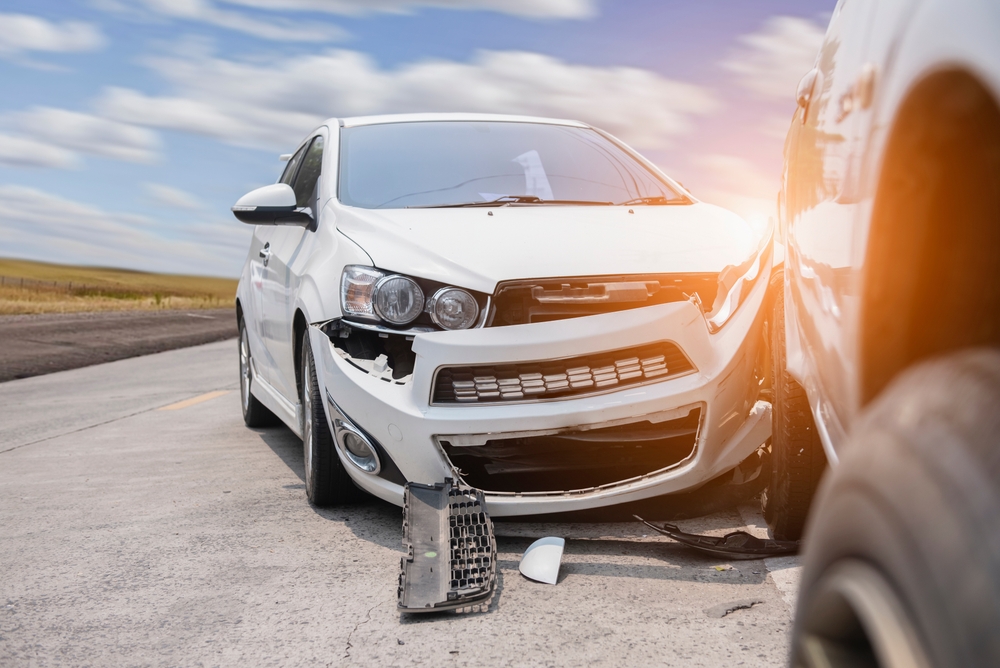
Adaptive Cruise Control
Cruise control doesn’t just maintain a constant speed for you anymore. New cruise control systems use radar to ensure your vehicle stays a safe distance behind other cars. The system can pick up the presence of a car swerving into your lane or a sudden decrease in speed of the traffic ahead. It will tighten seatbelts and apply the brakes automatically.
Blind-spot Detection and On Board Cameras
Blind spots are one of the most common contributors to accidents involving lane changes, or collision with pedestrians and stationary objects. Blind spot detection will alert the driver when he initiates the turn signal if turning is unsafe. Cameras help drivers see below bumper level making it easier to avoid young children or other hazards that may be otherwise out of view.
Lane Change Warnings
Lane change warnings work at a greater distance than adaptive cruise control systems. The system senses traffic all around the car and warns drivers when it may be unsafe to change lanes. The system will also warn a driver who drifts from the lane, either from being distracted or falling asleep at the wheel. Future systems may even be able to monitor body posture to detect a driver nodding off and respond accordingly.
Rollover Prevention
Electronic stability controls help avoid rollovers or make them less injurious. These systems alter speed and throttle to maintain control when a driver turns at unsafe speeds. They may also tighten seatbelts to better restrain passengers when a rollover becomes inevitable.
Advanced Airbags
People come in all shapes and sizes. Modern airbags can compensate for these differences and deploy more safely. A child can be seriously injured by an airbag designed for an adult. Adaptive controls reduce the risk of injury to occupants by taking into consideration size, weight, seatbelt usage and seating position.
Emergency Braking
When drivers brake in an emergency, brake technology can take over to shorten stopping distance. Brake assist technologies sense an emergency stop and apply added pressure to the brakes, stopping the car in a shorter distance. Such systems may go a long way in preventing rear end collisions and multi-car pileups.
Adaptive Headlights
The darkness of night makes it harder for drivers to see potential hazards. But new headlight technologies use infrared or thermal imaging to detect people or animals in the road. Drivers may be able to detect objects as far as 1,000 feet away, even in the dark. A cockpit display shows hard to see objects as bright items on the screen.
Despite these advances, accidents still happen. If you or someone you love was seriously injured in a car crash because of another’s negligence, contact our office. We will provide a free consultation and assessment of your case to determine if you may have a claim for damages.







